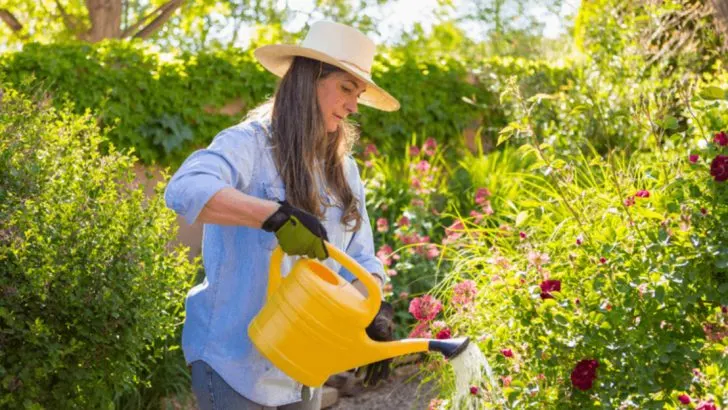Garden care can sometimes feel like a never-ending to-do list, but not every task is as crucial as it seems. Some gardening chores can actually be skipped without causing harm to your plants—giving you more time to enjoy your garden rather than constantly working in it.
In this article, we’ll reveal 13 tasks that you can skip without affecting the health of your plants. From over-pruning to excessive fertilizing, many common garden rituals can actually do more harm than good when done too often.
By focusing on the essential care your plants really need, you can maintain a healthy garden while freeing yourself from unnecessary upkeep. So, relax and breathe easier knowing you don’t have to sweat the small stuff!
Frequent Watering
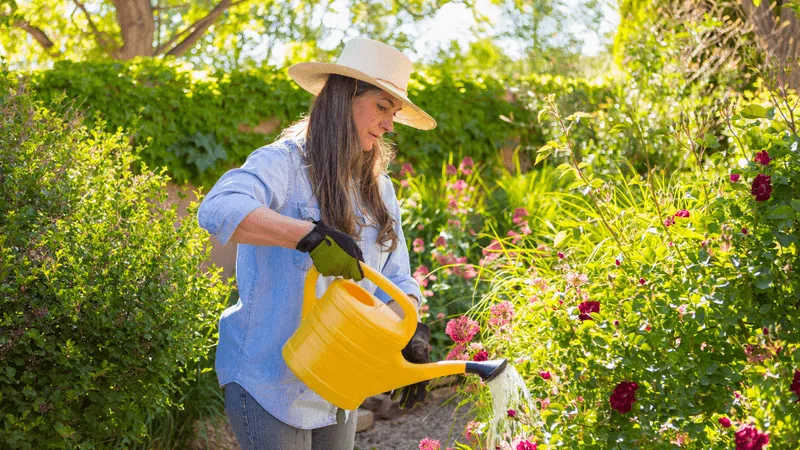
Overwatering is a common mistake among plant enthusiasts. Surprisingly, most plants prefer a dry spell over constant saturation, allowing their roots to breathe. Intuition might urge daily watering, but for many species, less is more. The key is observing the soil. If it feels moist to the touch, there’s no need to add more water. Different plants have distinct needs, so understanding your plant’s specific requirements is crucial. By resisting the urge to water constantly, you not only save water but also foster healthier root growth, which can lead to more resilient plants.
Daily Pruning
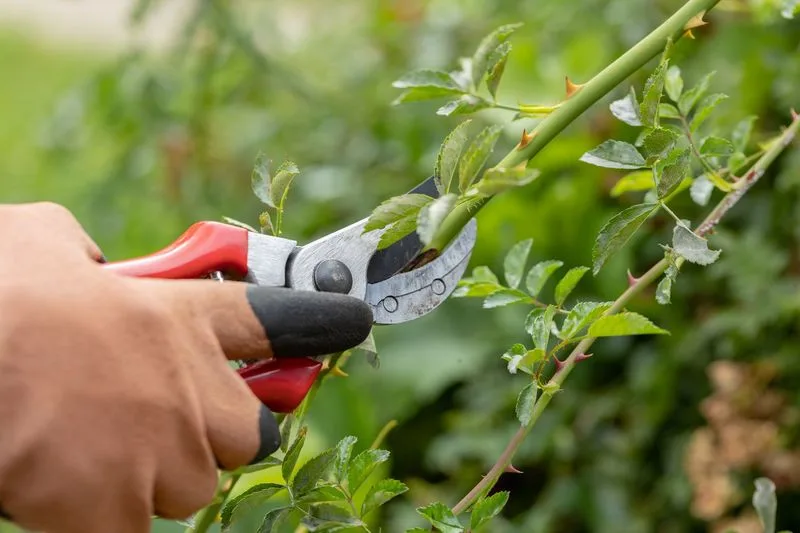
Pruning indeed enhances plant shape, but daily snipping isn’t necessary. Most plants thrive with occasional trims. In fact, over-pruning can stunt growth and stress your plant. Instead, a seasonal approach works best. Trim back dead or diseased branches when they appear, but let the plant grow naturally otherwise. This reduces workload and allows plants to develop their innate beauty. Consider it like a haircut—occasional trims maintain style without unnecessary fuss. By allowing plants to grow naturally, you embrace their authentic form, leading to a garden full of character.
Regular Fertilizing
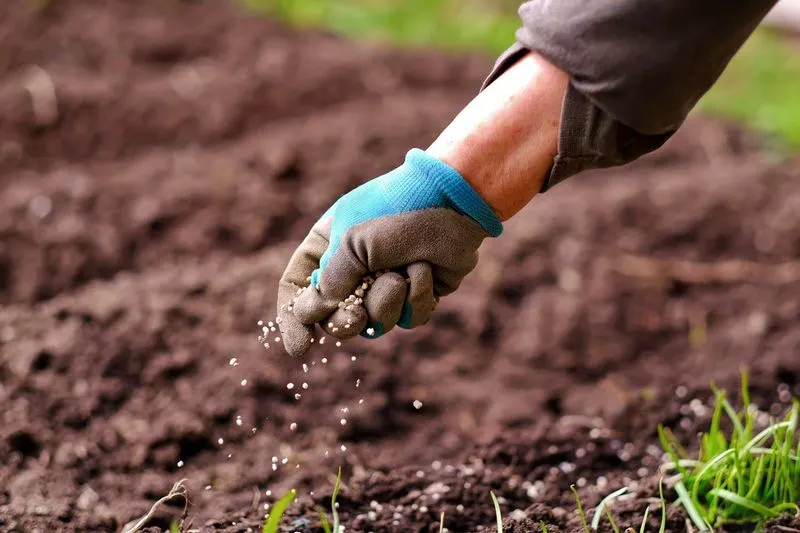
Fertilizing every other week is often overkill. For many houseplants, a few feedings a year are sufficient. Over-fertilization can lead to salt buildup in the soil, affecting plant health. Stick to a routine that matches your plant’s growth cycle. During the growing season, a balanced fertilizer applied sparingly can suffice. For dormant periods, no fertilizer might be needed. Observing your plant’s response is crucial. If leaves remain green and growth is steady, your plant is likely content. Simplifying fertilization not only cuts costs but also minimizes the risk of nutrient overload.
Winter Crowding
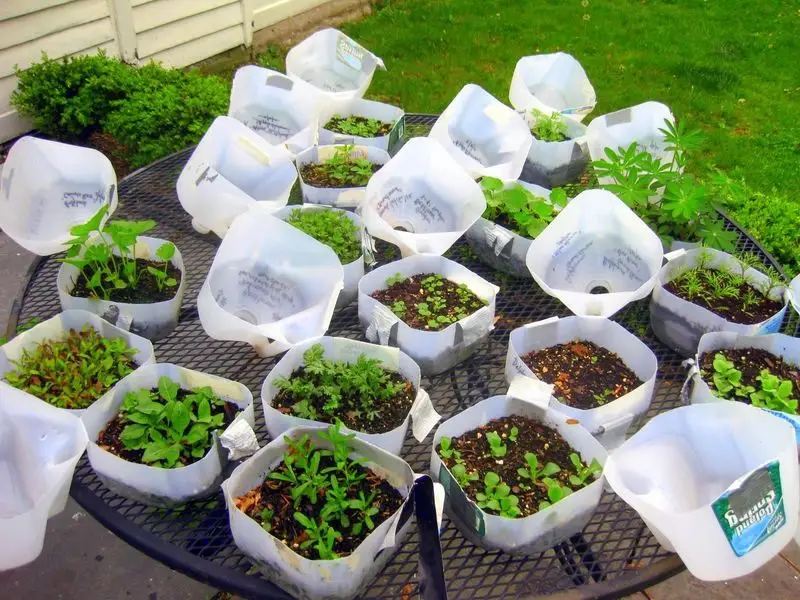
As winter approaches, many believe that clustering plants can help them survive. While it saves space, plants often thrive when given individual breathing room. They require light and air circulation more than warmth from clustering. Keeping them slightly apart ensures each plant receives ample sunlight. This practice minimizes pest infestations and diseases, which are more common when plants are crowded. Furthermore, individual attention helps in spotting any early signs of distress. Thus, arranging plants to optimize light exposure is far more beneficial than crowding them for warmth.
Leaf Polishing
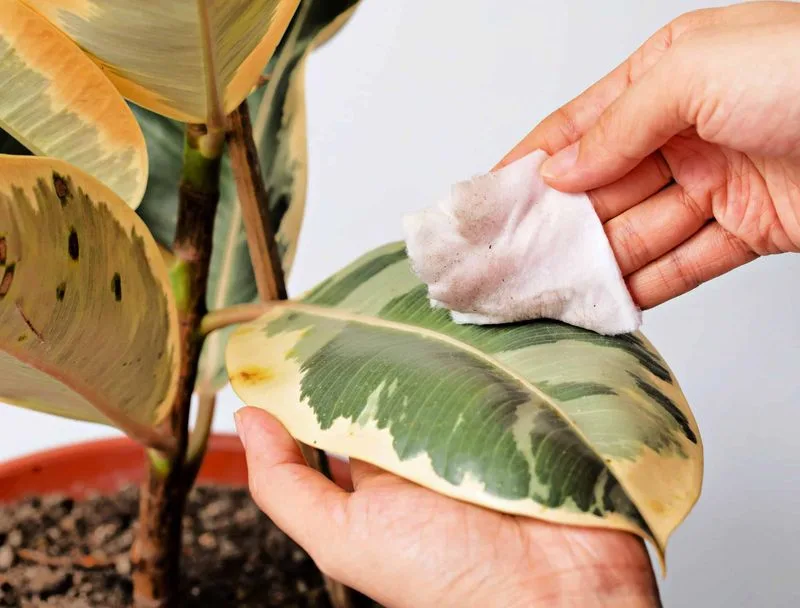
Dusty leaves might seem untidy, but constant polishing isn’t necessary. Plants in nature are never polished, yet they thrive. Dust can actually protect leaves from excessive sunlight. Instead of frequent polishing, a gentle wipe with a damp cloth occasionally is sufficient to keep leaves free from excessive dust buildup. This allows them to photosynthesize efficiently without the risk of clogged pores. Embracing natural aesthetics can be liberating, offering your plants a more authentic environment and saving you time that could be spent appreciating their natural beauty.
Strict Pot Rotation
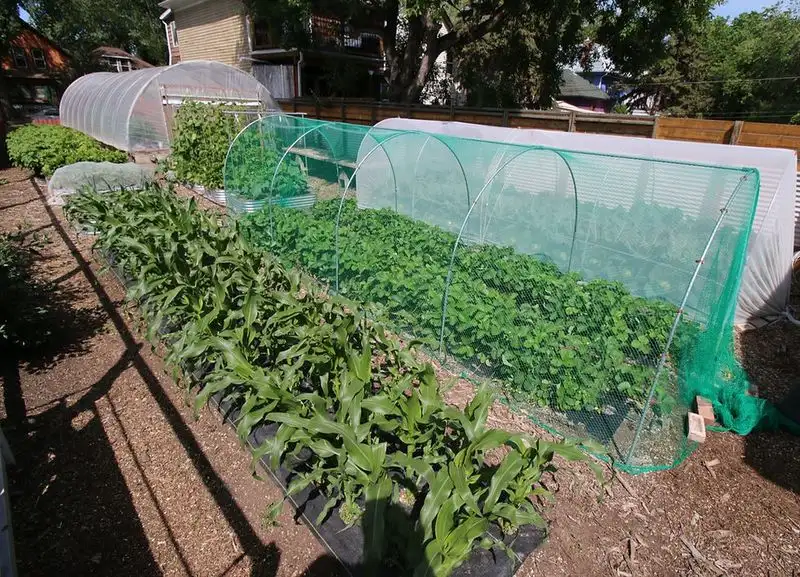
Constantly rotating pots to ensure even sunlight can become a chore. While even growth is ideal, plants can adapt to their environment over time. A slight lean towards the light adds a unique character rather than detracting from a plant’s beauty. Instead of strict schedules, consider rotating pots occasionally, letting the plant adjust naturally. This reduces the risk of disturbing the root system. An occasional turn can still provide the benefits without the stress of constant adjustment. A relaxed approach fosters an environment where plants can grow resilient and strong.
Using Pebble Trays

Pebble trays are favored for increasing humidity, yet they’re not essential for every plant. Many species thrive in average household humidity levels. Instead of relying on trays, occasional misting or a humidifier during dry seasons can suffice. Over-relying on pebble trays can lead to stagnant water, promoting mold. Observing your plant’s response to its environment is key. If the leaves remain vibrant and the plant isn’t wilting, your current humidity levels might be just right. This minimal approach simplifies care and avoids unnecessary clutter.
Daily Misting
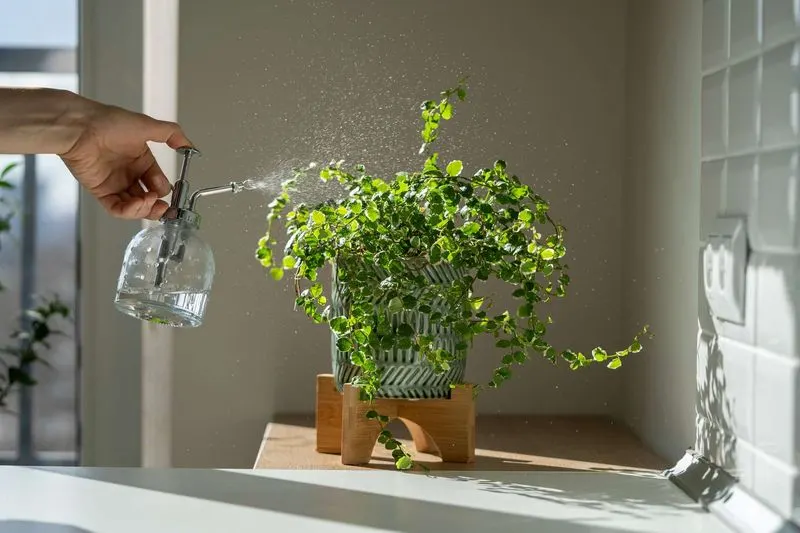
Misting seems like a beneficial ritual, but not all plants require it daily. Some species thrive without the added humidity. In fact, excessive misting can lead to leaf diseases. Instead, focus on the plant’s natural habit—tropical plants might benefit more, while succulents prefer drier conditions. Adjust misting based on the plant type and the room’s humidity. If leaves appear vibrant and healthy, your plant might be receiving enough moisture from the air. By skipping daily misting, you maintain a balanced environment conducive to natural growth.
Complete Soil Replacement
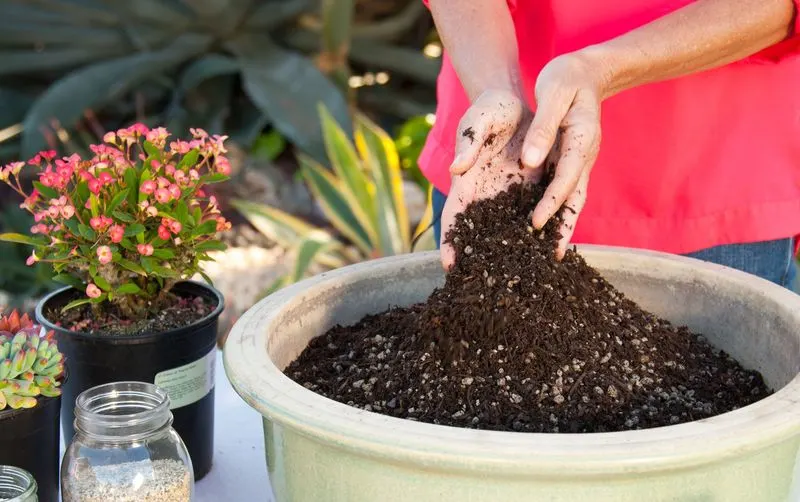
Repotting with fresh soil sounds beneficial, but frequent complete soil changes can shock the plant. Most houseplants thrive with occasional top-dressing or partial soil replacement. This method adds nutrients without disturbing roots. Over time, soil naturally compacts, and topping up can revitalize it. If your plant shows no signs of stress, there’s likely no need for an entire soil overhaul. By allowing the plant to remain in familiar soil conditions, you support steady growth and stability, ensuring a happier plant environment without unnecessary disruption.
Washing Leaves Weekly
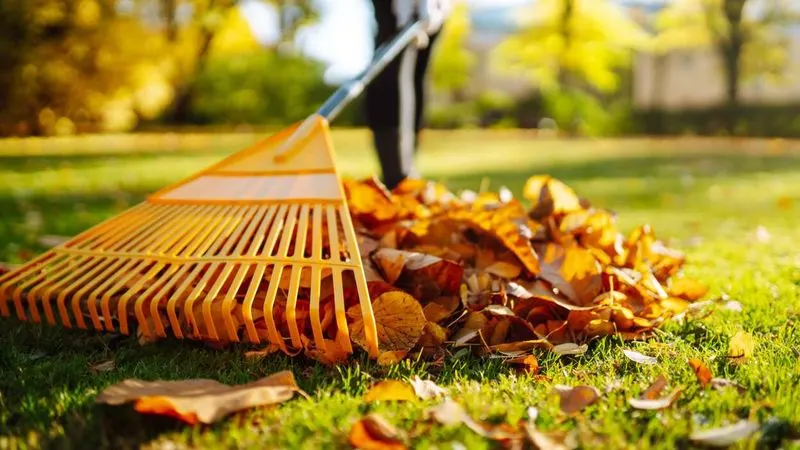
Weekly leaf washing might seem like a good hygiene practice, but nature rarely provides such luxury. Occasional rain or a gentle indoor rinse suffices to keep leaves clean. Over-washing can strip natural protective oils, hindering a plant’s ability to fend off pests and diseases. Instead, observe the plant in its natural habitat—most species thrive with less interference. A gentle shower occasionally can maintain cleanliness without the need for frequent washing. This practice saves time and encourages a more organic environment for your green companions.
Frequent Soil Aeration

Aerating soil frequently seems beneficial, yet it’s often unnecessary for potted plants. Roots need stability, and constant disturbance can cause stress. Instead of regular aeration, focus on ensuring your potting mix is suitable at the time of planting. A well-draining mix allows air to reach the roots naturally. If the plant is healthy, compacted soil is less of a concern. By leaving the soil undisturbed, you allow the roots to establish a stable network, promoting growth without the anxiety of constant aeration tasks.
Pest Control Sprays
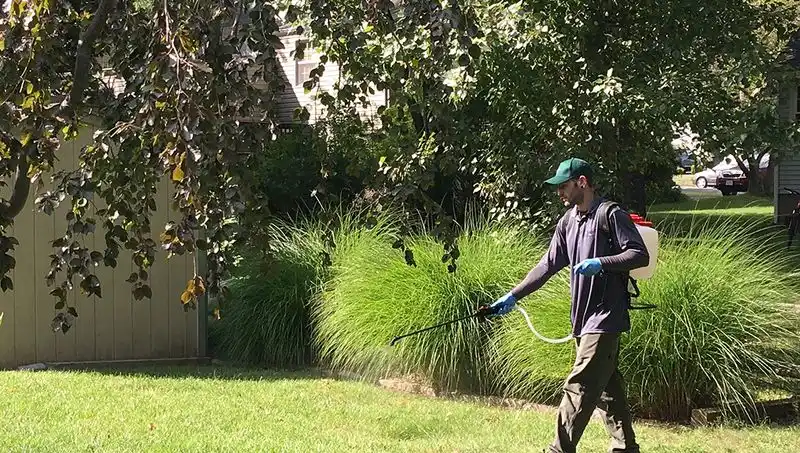
Routine spraying for pests may seem proactive, yet it’s not always necessary. Overuse can harm beneficial insects and disrupt your plant’s ecosystem. Instead, adopt a preventive approach. Regularly inspect leaves and stems for signs of trouble. Physical removal of pests or natural remedies can be just as effective without chemical interference. If there are no visible signs of infestation, let nature manage its balance. This approach reduces chemical dependency and fosters a robust environment where plants and beneficial insects coexist harmoniously.
Weekly Plant Bathing
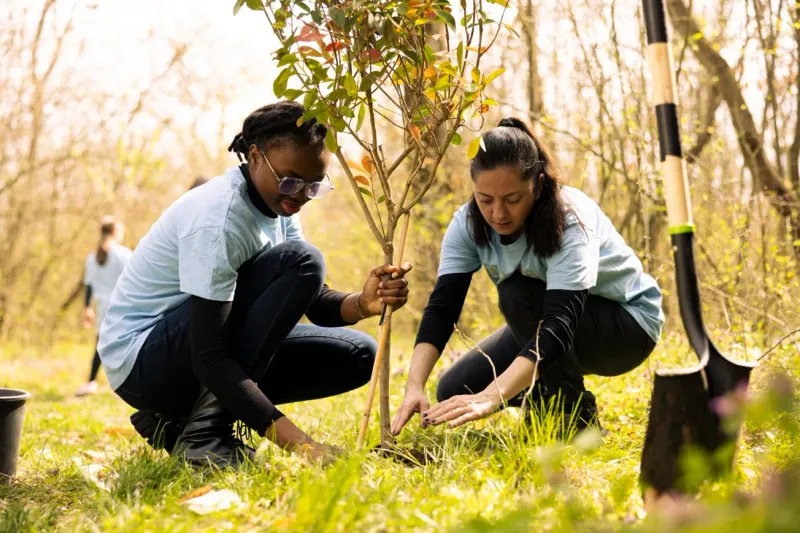
Bathing plants weekly can be more of a chore than a necessity. Most plants thrive without regular showers, as occasional rain or mist is enough to keep foliage dust-free. Over-bathing can lead to root rot and other issues. Instead, let the natural environment do its work. If leaves appear dusty, a gentle wipe or brief outdoor exposure during rainfall can suffice. This minimalist approach not only saves you time but also allows plants to adapt naturally to their surroundings, maintaining health without constant intervention.

